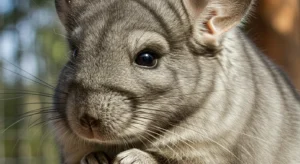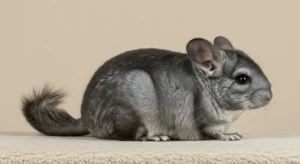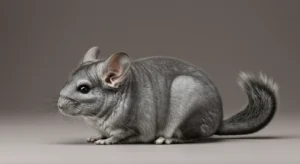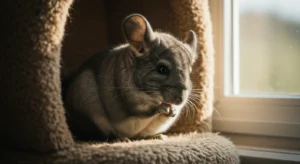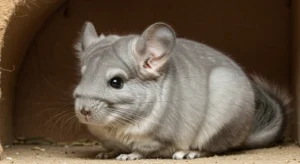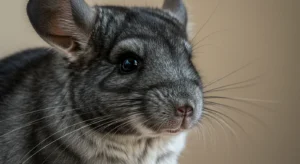Chinchilla Reproduction: Gestation and Birth
While breeding chinchillas is a serious undertaking best left to experienced, responsible breeders, understanding the basics of their reproductive cycle, gestation, and the birthing process is informative for any owner, especially if facing an unexpected pregnancy. This knowledge helps in recognizing normal processes and potential complications.
Reproductive Basics
- Sexual Maturity: Chinchillas can become sexually mature quite young, sometimes around 4-5 months, but breeding is generally not recommended until they are fully grown (around 8-9 months or older) and in excellent health.
- Estrus Cycle: Females typically cycle every 28-35 days, with estrus (heat) lasting a few days.
- Mating: Mating usually occurs at night. Confirmation of pregnancy can be difficult early on; weight gain is often the first noticeable sign.
Gestation Period
Chinchillas have a relatively long gestation period compared to other rodents.
- Average Length: Approximately 111 days (can range slightly, e.g., 109-115 days).
- Litter Size: Typically small, usually 1-3 kits (babies). Litters of 4 are possible but less common; larger litters are rare.
- Pregnancy Signs: Gradual weight gain (monitor weekly), increased appetite/water intake, eventually visible abdominal swelling, and more noticeable nipples later in pregnancy.
Understanding the typical chinchilla pregnancy timeline and signs helps owners monitor expectant mothers.
Preparing for the Birth (Nesting Box)
As the due date approaches (around day 100+):
- Provide a Nesting Box: Place a safe, enclosed box (wooden or cardboard) inside the cage. Line it with soft bedding like fleece or extra aspen shavings. This provides a secure, warm place for the mother to give birth and care for the kits.
- Cage Safety: Ensure the cage is safe for tiny kits. Cover any wire flooring temporarily, remove high ledges kits could fall from, and ensure bar spacing is narrow enough that kits cannot escape or get stuck. Some breeders move the pair to a single-level “birthing cage.”
- Male Presence: Decide whether to leave the male in. Some males are good fathers, while others may stress the female or injure kits. He can also impregnate the female again immediately post-partum. Many breeders remove the male shortly before the due date.
- Minimize Stress: Keep the environment calm and routine.
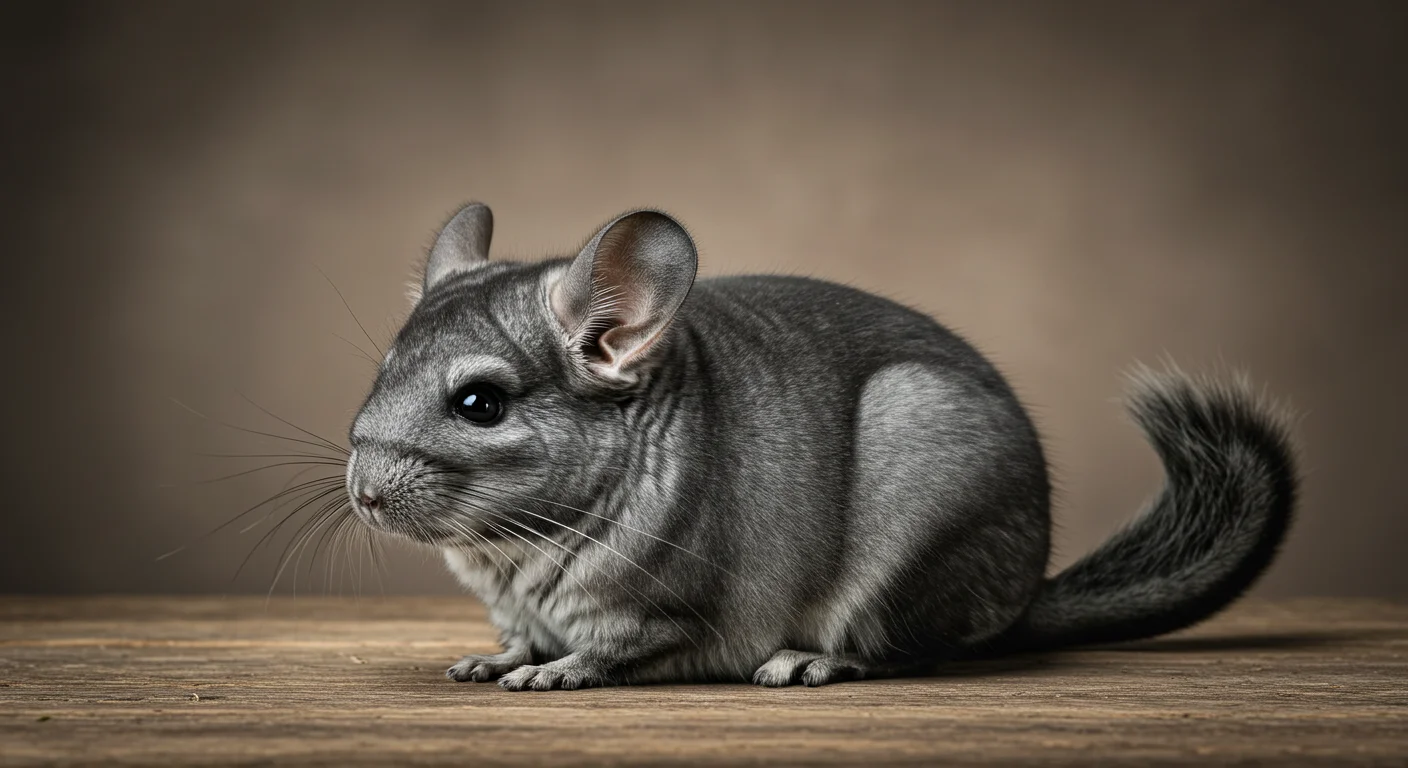
Signs of Impending Labor
These can be subtle and vary:
- Increased restlessness or agitation
- Spending more time in the nesting box
- Slight decrease in appetite shortly before birth
- Possible slight vaginal discharge (though often cleaned quickly)
- Mother may become more reclusive or sometimes more needy
Birth commonly occurs during the early morning hours.
The Birthing Process
- Duration: Usually relatively quick, often under an hour, but can take longer, especially with larger litters. Kits are typically born minutes apart.
- Mother’s Role: The female usually handles birth herself, cleaning off the kits and consuming the placentas (normal and provides nutrients).
- Intervention: Minimal intervention is best unless there’s a clear problem. Disturbing the mother can cause stress. Observe quietly from a distance.
Care of Newborn Kits
Chinchilla kits are born precocial – fully furred, eyes open, and able to move around shortly after birth.
- Check Kits (Briefly): Once the mother has cleaned them and seems settled, a quick, minimal-stress check can be done to count kits and check for obvious problems. Ensure they are warm and dry.
- Nursing: Kits should start attempting to nurse within a few hours. The mother typically nurses standing up.
- Weight Monitoring: Daily weight checks (using a gram scale) are crucial for the first two weeks to ensure kits are gaining weight. A slight initial drop is normal, but they should gain steadily thereafter.
- Warmth: Ensure the nesting box area stays warm, especially if kits get separated from the mother.
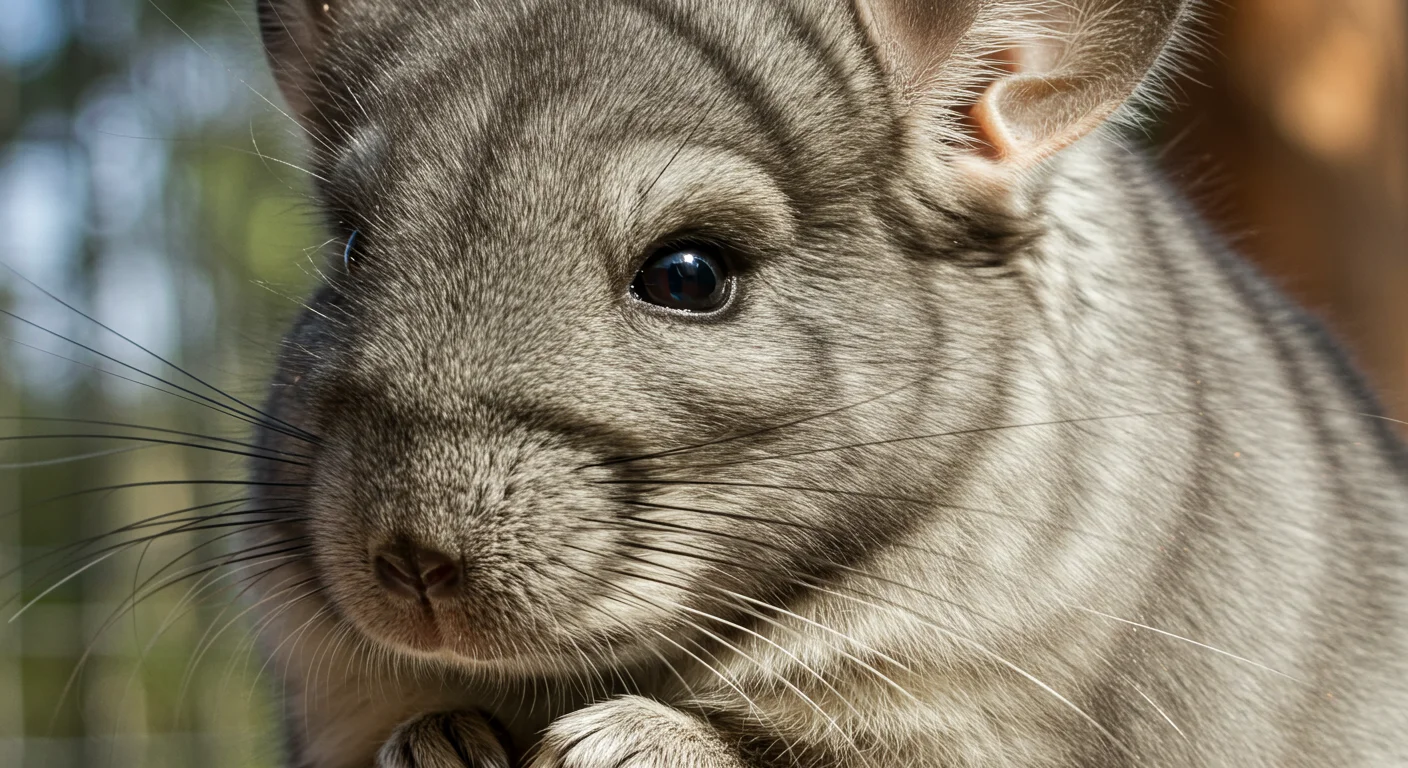
Potential Complications
Be prepared to contact an exotic vet immediately if you observe:
- Prolonged Labor: Mother straining hard for over 30 minutes without producing a kit.
- Retained Placenta/Kit: Suspected if mother remains distressed, bleeding excessively, or seems unwell after birth.
- Stillborn Kits or Birth Defects.
- Mother Rejecting/Ignoring Kits: Especially if kits become cold or aren’t nursing.
- Lack of Milk Production (Agalactia).
- Mastitis: Swollen, red, painful mammary glands.
- Kits Not Gaining Weight/Losing Weight: May require supplemental hand-feeding (a complex task requiring specific formula and technique). Addressing common chinchilla breeding complications requires vigilance.
Breeding complications require immediate veterinary intervention. Have an emergency exotic vet’s contact information readily available.
Post-Birth Care for the Mother
- Provide high-quality food (possibly alfalfa-based pellets temporarily) and fresh water.
- Ensure she has calcium available if recommended by a vet (e.g., via pellets, avoid excessive supplementation).
- Monitor her health, appetite, and interaction with kits closely.
- Keep the environment calm.
Reminder: Breeding Responsibility
This information is for understanding the biological process. Actively breeding chinchillas requires extensive knowledge, resources, and commitment to the health and ethical placement of the animals, far beyond what’s covered here.
Understanding the normal course of chinchilla gestation and birth helps owners provide appropriate support and recognize when veterinary help is needed, particularly in unexpected situations.
